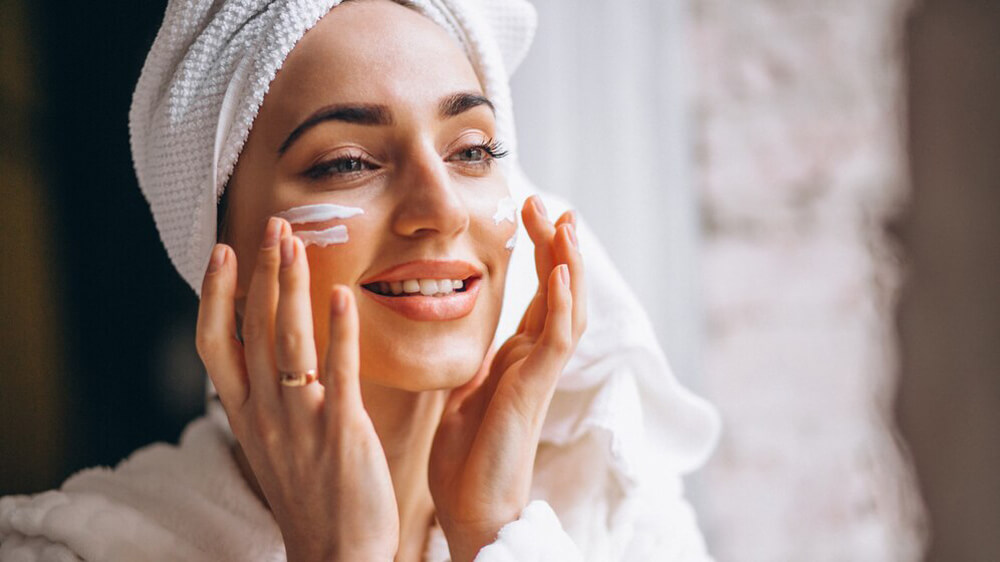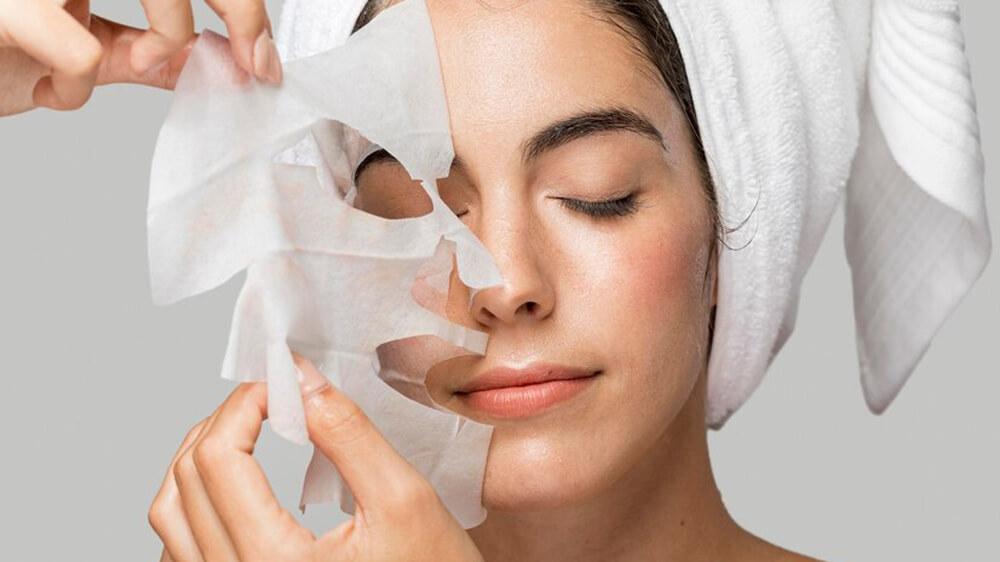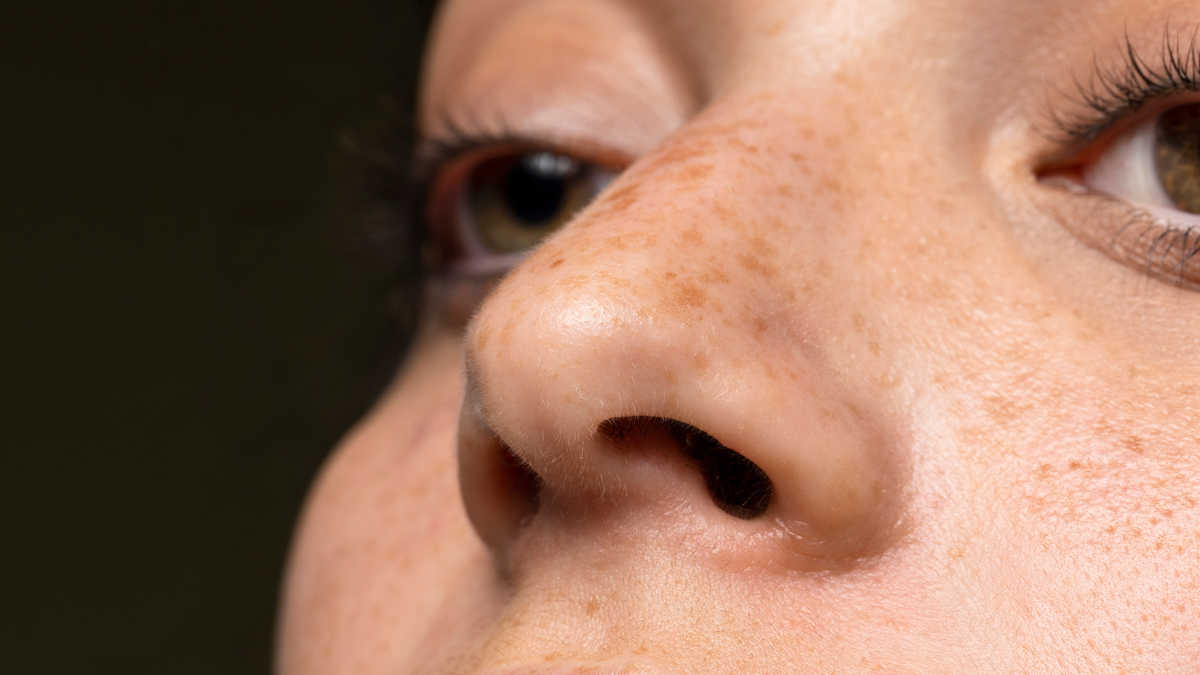Hyperpigmentation is the technical term used to describe a discoloration when patches of your skin become darker in colour giving it an uneven appearance to the rest of your skin tone. Pigmentation disorders are commonly diagnosed, evaluated, and treated in primary care practices by general practitioners, health practitioners or allied health providers.
What are the different types of Hyperpigmentation?
There are three main types of Hyperpigmentation “Pigment Spots”, “Melasma” and “Post-Inflammatory” the different types of can be caused by various factors e.g. acne scarring, medications or inflammation from other conditions. Distinguishing the types from each other can be done by an evaluation of the symptoms, locating area of the body its affected and considering the individual and their surrounding circumstances.
Pigment spots such as age spots
Pigment spots, sunspots, age spots you may have heard of one of them or maybe all? This type can be known by any one of those names, you can decide which one you find suitable however in this section I’ll just refer to them as “pigment spots”. When we leave our skin untreated from the harmful UV rays appearing either tannish/brown or black in colour primarily affecting any parts of the body that has been frequently exposed to the sun. The most common regions being the face, neck, décolleté, hands and arms. They tend to be small, darkened patches of skin.
Melasma
Melasma or known by its other name when it occurs in pregnant women “Chloasma”. The affected areas is often located on the forehead, face and stomach as large patches of darkened skin. It is much more common in women than men, though men can get it too.
It isn’t entirely clear what causes melasma but its known as being “Estrogen” and “Progesterone” sensitive suggesting that birth control pills, pregnancy, and hormone therapy are likely triggers.
Post-inflammatory hyperpigmentation
This type occurs when a skin injury or trauma heals and leaves behind a fixed area of discolouration afterwards. While any inflammatory skin condition can result in hyperpigmentation, the most common causes of this grouping are in individuals who often suffer from Acne, Eczema, or other skin inflammations and can appear anywhere on the body affecting almost anyone who has had any inflammation of the sort.
What causes and/or triggers hyperpigmentation?
Dark spots or hyperpigmentation are due to the overproduction of “Melanin” in the skin by melanocytes. Melanin is the substance in our bodies that produces hair, eye and skin pigment colouration. The amount of melanin you produce is direct to all of these therefore the greater the production of melanin in the body, the darker your eyes, hair and skin will be. The amount of melanin in ones body is reliant upon a few different characteristics, including sun exposure, and genetic factors contributing to ancestral history.
This extra melanin can be triggered for many different reasons and inflammation may appear. This can be caused by UV damage, acne spots and breakouts, harsh chemicals on the skin, hormonal fluctuations and even aging. Other factors, include the appearance of skin irritation as a result of other skin condition such as acne.
Sun exposure and Hyperpigmentation
Sun exposure is the leading cause of hyperpigmentation as it’s sunlight that activates the production of melanin in the first place. Melanin behaves as your skin’s natural sunscreen by protecting you from harmful UV rays however excessive sun exposure can disturb this process, resulting in hyperpigmentation.
Once dark spots have developed, sun exposure exacerbates the issue by producing age spots (or sun spots), melasma and post-inflammatory hyperpigmentation making them even darker.

Hyperpigmentation and hormones
Certain hormonal treatments can also cause side effects resulting in Hyperpigmentation. In fact, it is widely understood that hormonal influences are the primary cause of a specific type of hyperpigmentation known as melasma or chloasma. It’s particularly common among women and is thought to occur when the female sex hormones estrogen and progesterone stimulate the overproduction of melanin when skin is exposed to the sun.
Hyperpigmentation and age
As skin ages, the quantity of melanin-generating cells (known as melanocytes) declines while the leftover cells increase in volume and their circulation grow to be a lot more concentrated. These physiological shifts illustrate the rise of age spots appearing in those over 40 years of age.
Hyperpigmentation, skin injuries and inflammation
Like its name evokes, post-inflammatory hyperpigmentation appears subsequent of a skin injury or inflammation such as: cuts, burns, chemical exposure, acne, Atopic Dermatitis or Psoriasis. Skin is left over darkened and discoloured once the damage has subsided and healed.
Hyperpigmentation, disease and medication
Hyperpigmentation is also indicative of certain ailments such as autoimmune disorders and gastrointestinal diseases, metabolic disorders and vitamin deficiencies.
It can also be caused by certain medications such as chemotherapy drugs, antibiotics, antimalarials and anti-seizure drugs.
Does hyperpigmentation effect everybody?
Unfortunately anyone is a candidate here, The more baseline melanin you have in your skin (i.e., the darker your skin tone), the more risk you have of developing hyperpigmentation in the first place.
How can I prevent the formation of hyperpigmentation?
As with most skincare concerns, prevention is better than cure, any potential problem areas such as a scratched bug bite or a picked pimple, are prone to infection and inflammation, making hyperpigmentation of the skin more likely.
Daily sunscreen is the absolute best ways to prevent hyperpigmentation. Even low levels of UV light exposure add up over a lifetime and can cause dark spots. The good news is sun exposure is one of the most controllable factors. You’ll want to make sure you’re taking proper sun care precautions, for true protection, you need to use a broad-spectrum sunscreen (at least SPF 30) to guard against sun damage caused by UVA and UVB rays. Dark spots will get darker with sun exposure, reapplication of your sunscreen every two hours. Even so visible light alone can increase skin pigmentation for sensitive areas, it is best to avoid the sunlight in general. If you’re out when the sun is highest, seek cool, shaded areas or wear UPF clothing, which helps protect the skin from sun spots. Individuals prone to hyperpigmentation must avoid direct exposure, wear hats and other occlusive clothing, and always wear a sunblock of SPF 30 or higher Sunscreens, and particularly physical sunblock that have either zinc oxide or titanium dioxide, can block out most of the rays that will darken the dark spots.

How can Hyperpigmentation be treated?
There is no single therapy available that will completely that serves a cure. Instead a more holistic approach is used when treating this skin condition.
The most effective way to treat Hyperpigmentation is by undergoing various in clinic procedures/skin treatments combination with regularly practiced skincare therapies and routines. Which result in an adequate reduction and for many patients reached complete resolution. For the most effective treatments read further.
Regular skincare routine
Switch out any harsh skincare products in your skincare regime. Look for a gentle exfoliating cleanser with active ingredients. Try adding a hydrating, replenishing facial serum to target and redness or inflammation. Depending on the active ingredient(s) in the product you choose, it can take up to six weeks of regular use to see an improvement.
Retinol 0.5%
A daily dose of vitamin A (retinol) 0.5 percent to 1 percent works well for most patients as it’s a fabulous multi-tasker and in a good quality cosmeceutical formulation it works to reduce cell damage, boost repair, regulate oil production, boost collagen formation and reduce pigmentation. Look for a night cream or serum formulas that contain this magical ingredient (UV rays will destabilize it)
Skincare formulas containing natural skin brighteners
Look for skincare formulas that contain natural skin brighteners. anything with sunflower oil (rich in B vitamins), niacin, and pantothenic acid (commonly labelled as vitamin B5), which naturally brighten and improve skin tone. But whatever you do, don’t use bleaching agents on your skin to try to lighten pigment This can potentially worsen pigmentation and lead to scarring. Alternatively speak with your skincare specialist or dermatologist on prescription lightening creams including those with kojic acid and hydroquinone are ideal for stubborn dark spots.

Skin chemical peels
Exfoliating treatments like chemical peels remove the upper layers of dead skin, helping to reduce the dull appearance of the skin so that it reflects light better and appears to glow. Over time these treatments can stimulate collagen production, enhance cellular turnover, and reduce the appearance of dark spots, but beware a chemical peel that is too powerful, which can burn the skin. Common active ingredients in pro-grade peels include: glycolic, mandelic, salicylic, and lactic acids, along with trichloroacetic acid. Adding a more gentle chemical exfoliant to your skincare routine can enhance and increase the rate of skin cell renewal this can also be achieved through topical creams, washes, and solutions that have ingredients like vitamin C or glycolic acid.
Microdermabrasion
Microdermabrasion is another well-known exfoliating treatment for hyperpigmentation that uses tiny particles to sand away dead skin. A nonchemical procedure that does not destroy skin tissue, and therefore does not require significant recovery time. Microdermabrasion is best for milder hyperpigmentation conditions since the results are modest in terms of improving the appearance of skin discoloration.
Micro needling
Micro needling Performed using a medical-grade, stainless steel roller covered with hundreds of tiny spikes, the tool creates a series of micro-injuries to rebuild the skin collagen production along with elasticity. For best results, micro needling is often combined with topical treatments. “Once the skin barrier is opened, it is also possible to infuse ingredients known to lighten the skin like vitamin C. You might also consider using a wound-healing serum, or a compound of hyaluronic acid and vitamin C to help with hyperpigmentation, especially in darker skin tones. there is a potential risk of scarring from micro needling services if they are performed too aggressively. Darker-skinned patients may also find that they become more pigmented but [when done correctly] you will see a brighter complexion by the next week after treatment.
I cannot emphasis enough on how important it is to be hypervigilant with your skin, in particular hyperpigmentation can easily be prevented when the correct steps are taken by the individual, and on that note I’ll finish off by leaving you with one final tip.
PROTIP: Try to keep out of the sun during its most intense hours starting AT 10AM until 4PM or if you are in the sun during that window of intensity it is vital that you wear protective clothing whenever possible, this includes sunhats and glasses. Body parts with exposed skin must be kept protected at all times requiring reapplication throughput the day.
Sun protection is an extremely significant step you can take in improving and preventing hyperpigmentation. It’s vital to remember that the sun’s rays impact skin just as much on cloudy days, than sunny ones. Limiting skin’s exposure to the sun will also help to reduce instances of hyperpigmentation.
